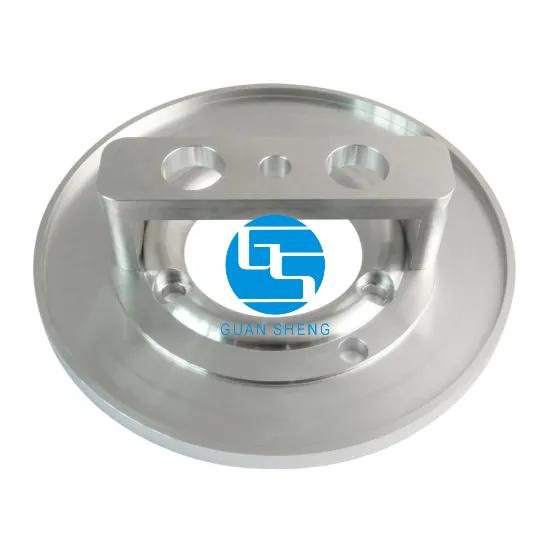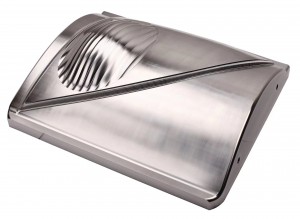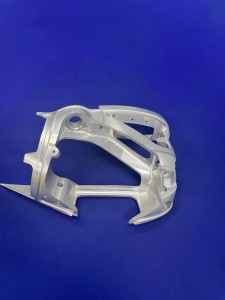Introduction:
Prototyping is a crucial step in product development, allowing designers and engineers to test and refine their ideas before moving into full-scale production. In recent years, Computer Numerical Control (CNC) technology has emerged as a game-changer in the prototyping process. In this article, we will explore the benefits and significance of CNC prototyping in accelerating innovation and design iteration.
1. What is CNC Prototyping?
CNC prototyping is the use of CNC machines to create functional prototypes of products. These machines are capable of precise and automated material removal, shaping raw materials such as metals, plastics, and wood based on a digital design. CNC prototyping offers an efficient and accurate method for transforming design concepts into physical models.
2. Advantages of CNC Prototyping:
a. Speed and Efficiency: CNC machines can quickly translate digital designs into physical prototypes with remarkable speed and precision. This allows for rapid iteration and faster product development cycles, enabling companies to bring their designs to market more quickly.
b. Design Flexibility: CNC prototyping offers a high degree of design flexibility. The machines can accurately reproduce intricate details, complex geometries, and fine features, making it possible to create prototypes that closely resemble the final product. Design changes can be easily incorporated into the digital model and executed by the CNC machine, reducing the need for manual rework.
c. Material Variety: CNC prototyping supports a wide range of materials, including metals, plastics, composites, and wood. This versatility allows designers to select the most appropriate material for their prototypes, considering factors such as strength, appearance, and functionality.
d. Cost-Effectiveness: CNC prototyping offers cost advantages compared to traditional prototyping methods. It eliminates the need for expensive molds or tooling, which can be a significant upfront investment. CNC machines can work with different materials, reducing material waste and enabling efficient use of resources.
3. Applications of CNC Prototyping:
CNC prototyping finds applications across various industries, including but not limited to:
a. Product Design and Development: CNC prototyping facilitates the creation of physical models to validate and refine product designs, ensuring they meet functional and aesthetic requirements.
b. Engineering and Manufacturing: CNC prototypes are used to test and evaluate new manufacturing processes, assess component fit and functionality, and optimize production workflows.
c. Architecture and Construction: CNC prototyping enables architects and designers to create scaled models, intricate architectural elements, and prototypes for construction components, aiding in visualization and feasibility studies.
d. Automotive and Aerospace: CNC prototypes are utilized in the development of vehicle parts, aircraft components, and engine designs. They allow for rigorous testing, validation, and optimization before moving into full-scale production.
4. Future Trends in CNC Prototyping:
CNC prototyping continues to evolve alongside technological advancements. Here are a few trends to watch for:
a. Integration with Additive Manufacturing: The integration of CNC with additive manufacturing techniques, such as 3D printing, offers new possibilities for prototyping. This combination allows for the creation of complex geometries and the use of multiple materials in a single prototype.
b. Automation and Robotics: The integration of CNC machines with automation and robotics enhances productivity and reduces human intervention. Automated tool changes, material handling systems, and robotic arms can streamline the prototyping process, improving efficiency and accuracy.
c. Enhanced Software Capabilities: Software advancements will continue to simplify and enhance the CNC prototyping workflow. Improved CAD/CAM software integration, simulation tools, and real-time monitoring systems will contribute to more efficient and optimized prototyping processes.
Conclusion:
CNC prototyping has emerged as a powerful tool in product development, offering speed, accuracy, and design flexibility. It enables designers and engineers to quickly iterate and refine their ideas, accelerating innovation and reducing time to market. As technology continues to advance, CNC prototyping is set to play an increasingly vital role in shaping the future of product design and manufacturing.
Post time: Apr-17-2024



